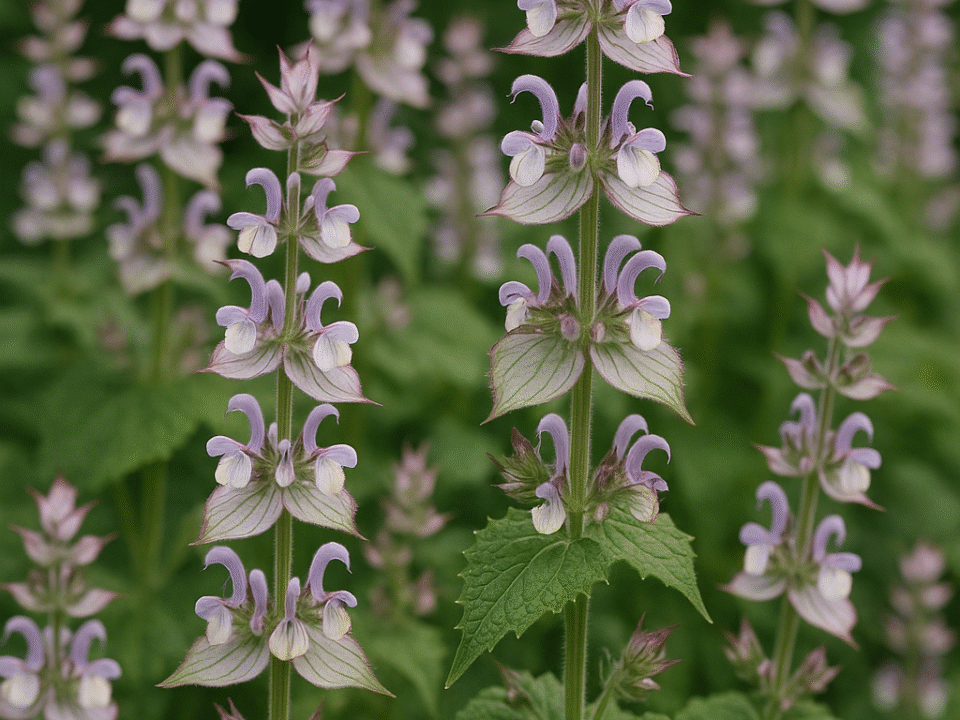
Stearic acid is a saturated fatty acid with an 18-carbon chain. The name stearic comes from the Greek word “stéar,” which means tallow. Stearic acid is found in higher quantities in animal fat, with levels reaching up to 30%, compared to vegetable fat which typically contains less than 5% stearic acid. However, there are some exceptions such as cocoa butter which contains 34% stearic acid and shea butter with a triglyceride stearic acid content of 28-45%.
Stearic acid is obtained by saponifying fats and oils through the use of hot water (approximately 100°C), followed by distillation. Commercial stearic acid is commonly a mixture of stearic and palmitic acids, although pure stearic acid is available. Additionally, oleic acid found in palm and soy can be hydrogenated to produce stearic acid.
As for its uses, stearic acid’s polar head group can be attached to metal cations and its nonpolar chain that confers solubility in organic solvents make it a versatile bifunctional substance.
In skincare products, stearic acid functions as the skin’s softening agent, and aids in preserving the skin’s barrier. Furthermore, it can serve as a surfactant, although it is more frequently utilized as an emulsifier to enhance the consistency and texture of products. It gives products a luxurious feel and helps them apply more evenly. It also stabilizes final formulas and keeps them from separating,
Stearic acid is a common component of skincare products such as creams, lotions, and cleansers.
Even though stearic acid is mainly used for product formulation purposes, it carries certain skincare benefits on its own.
Moisturizing ingredients are generally classified into three categories: humectants, emollients, and occlusives. Stearic acid is an emollient and works by softening and smoothing the skin. This makes it a popular ingredient in moisturizing products along with other emollients like jojoba oil, squalane, and ceramides.
Apart from moisturizing, stearic acid also helps to bolster the skin barrier. It is a crucial component of the outermost layer of the skin that keeps natural moisture locked in and irritants locked out. It acts as mortar, along with other fatty acids, ceramides, and cholesterol, that glues the skin cells together to create a smooth surface. This strengthening of the skin barrier can also help to decrease the signs of aging.
Stearic acid is gentle enough to be used by those with sensitive or irritated skin. Furthermore, unlike other surfactants, stearic acid does not strip away natural oils from the skin. Instead, it helps to cleanse the skin by binding dirt and oil together and removing them easily, making it ideal for those looking for a gentle cleanser.
Stearic acid is considered safe for all skin types and is safe to use on daily basis.



